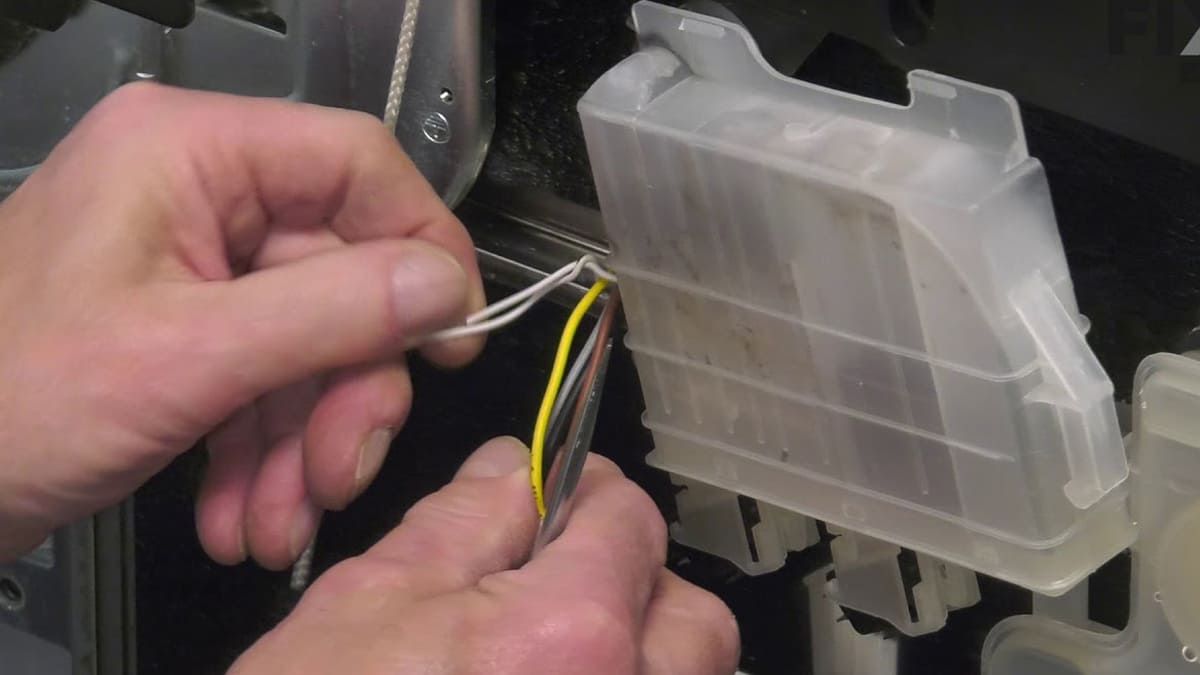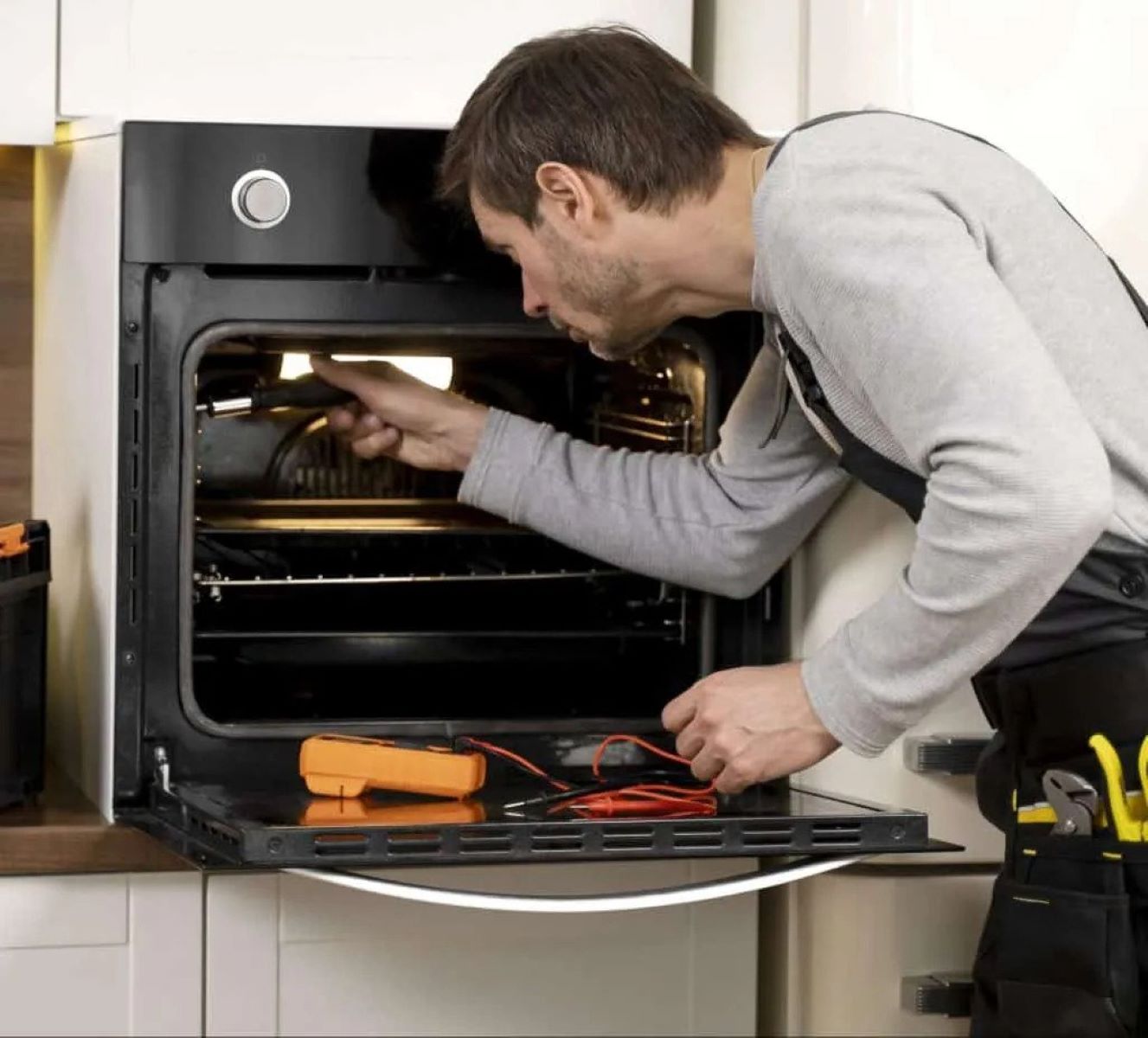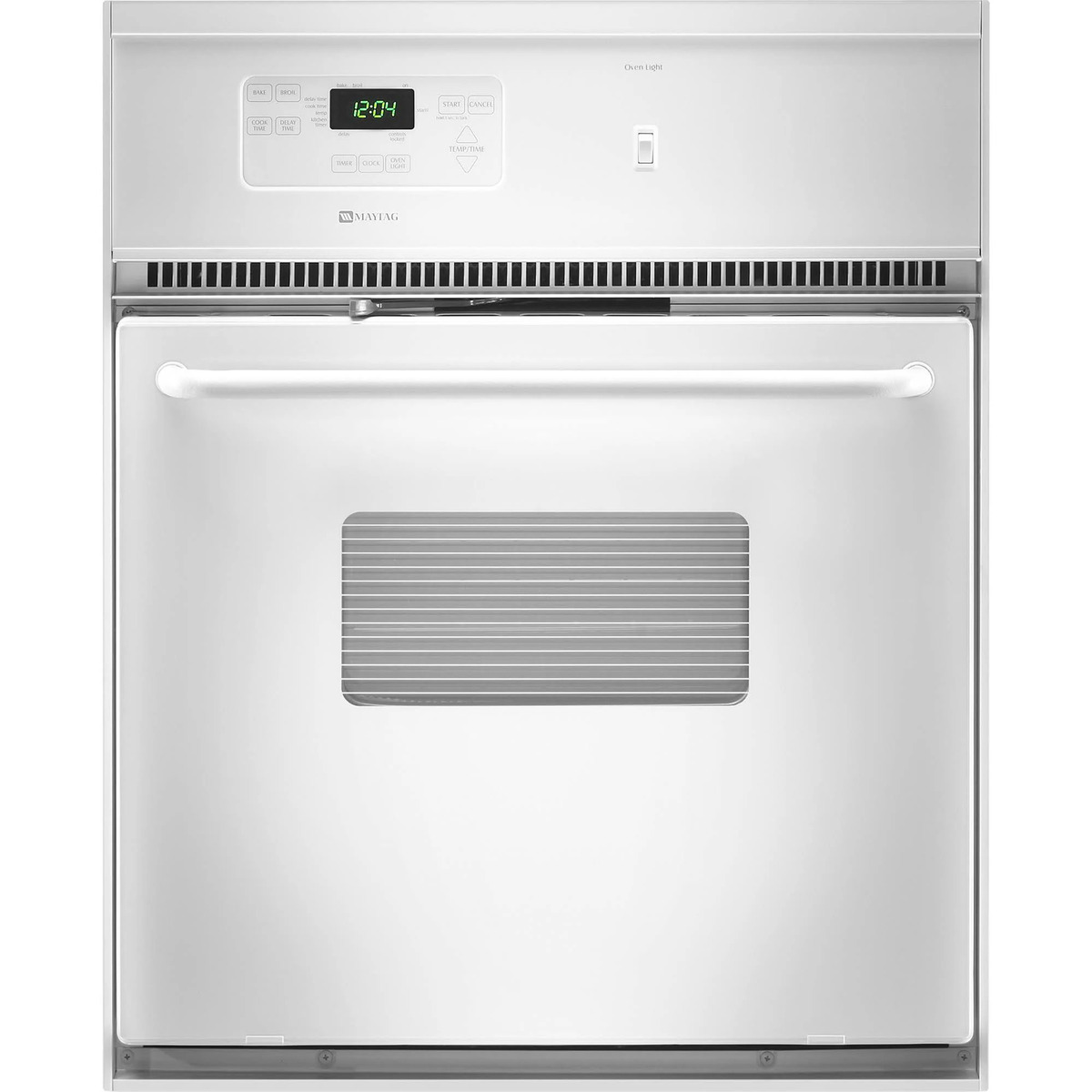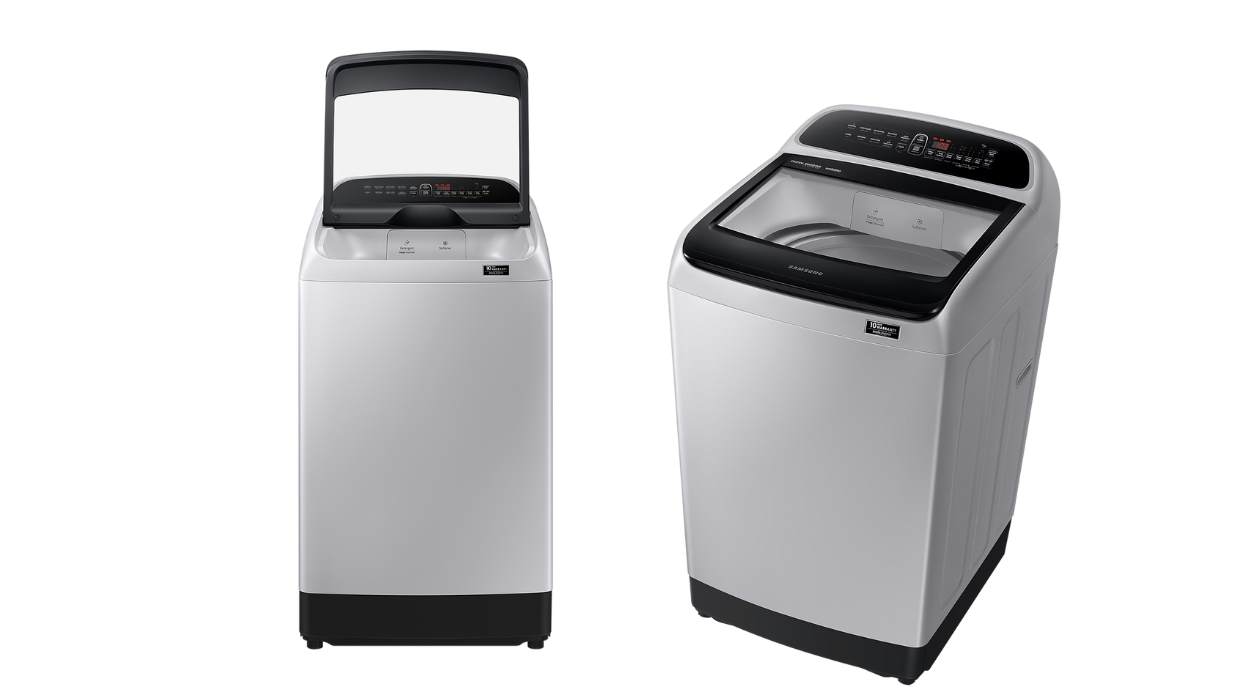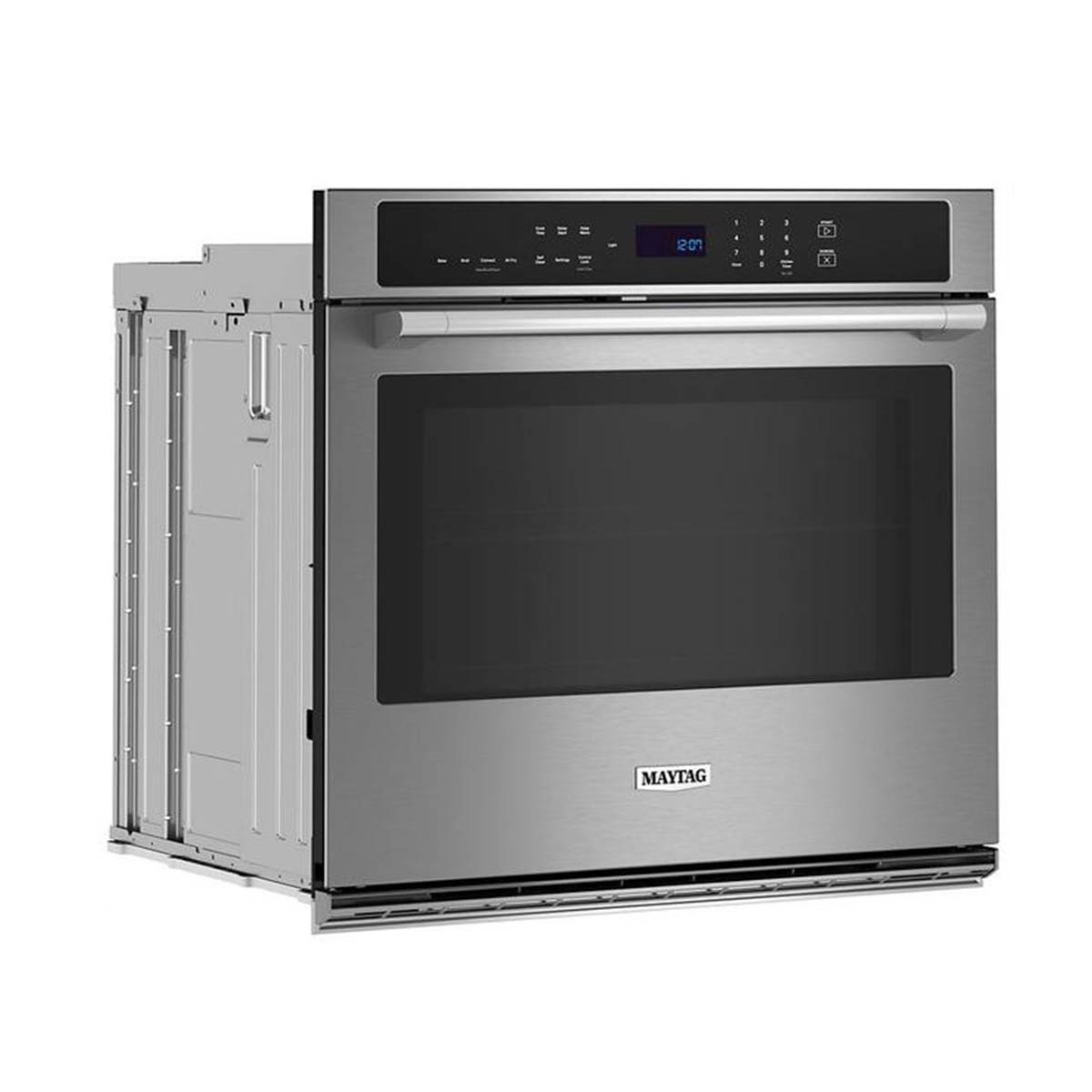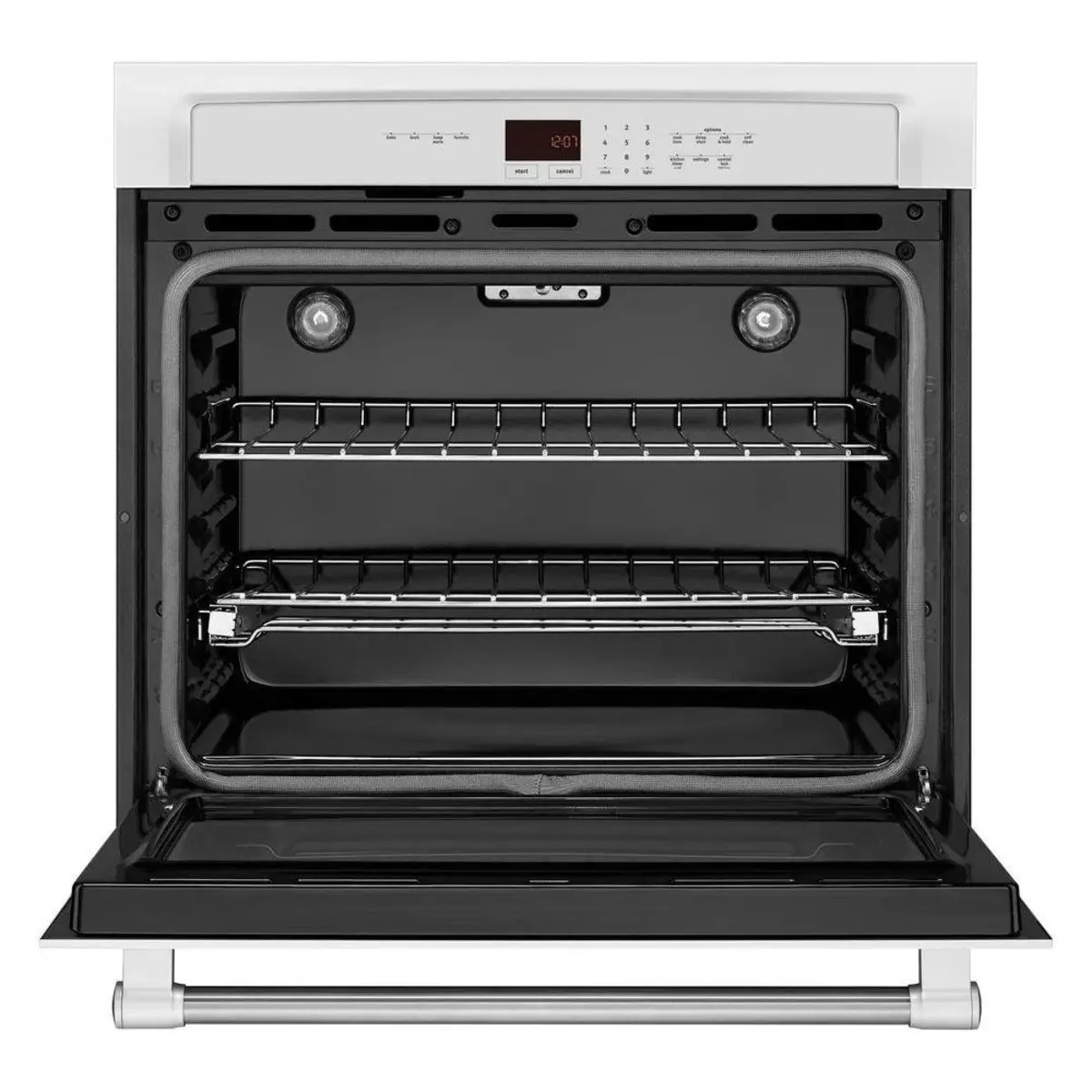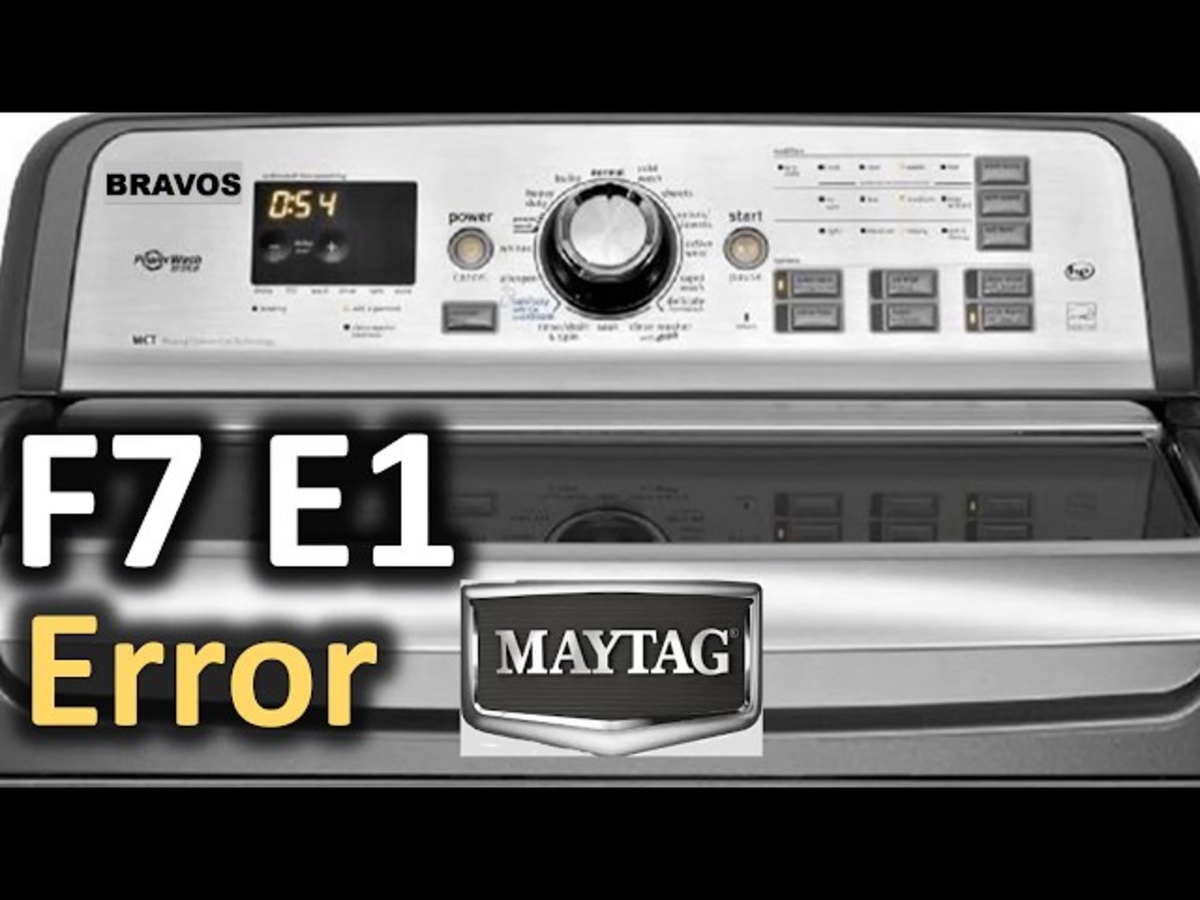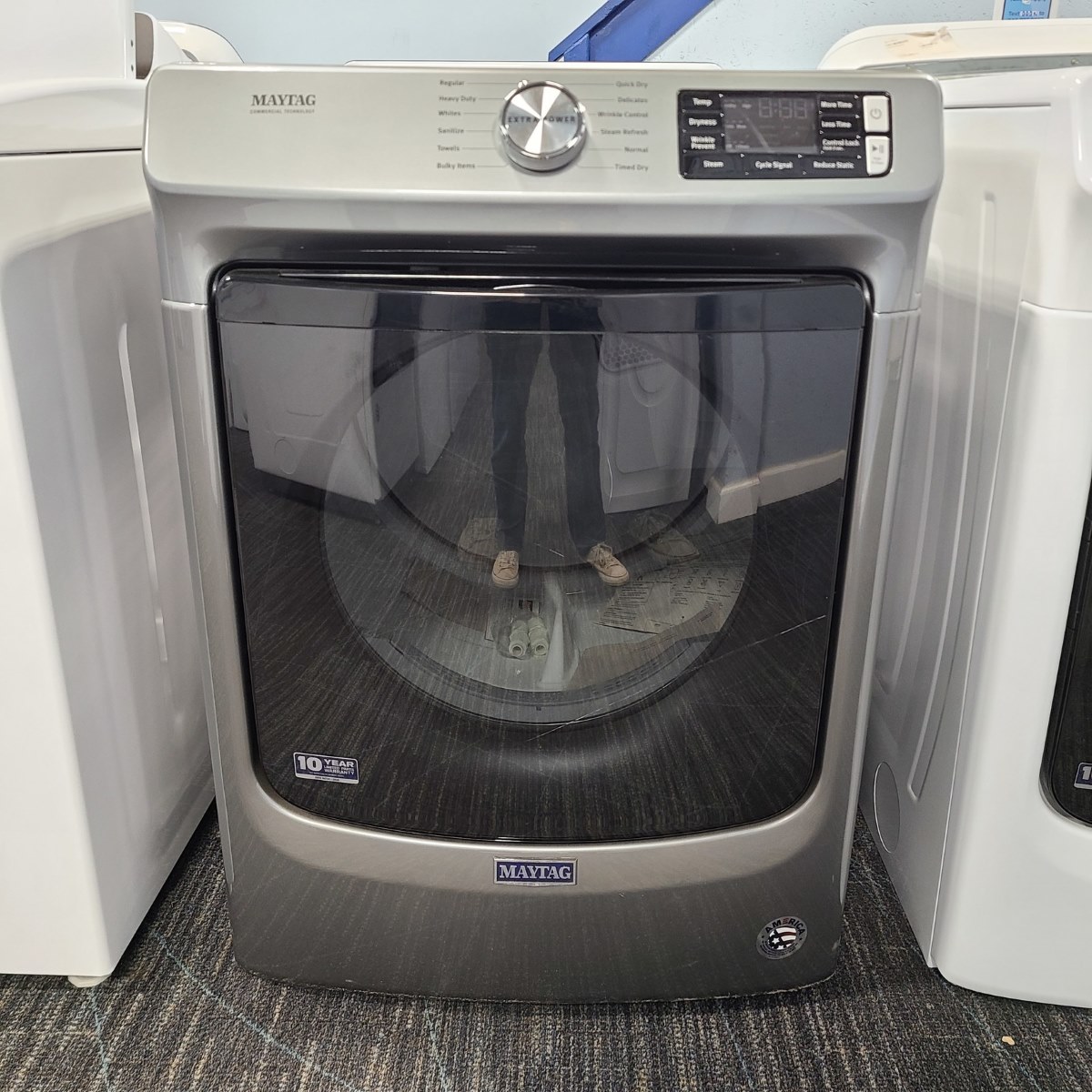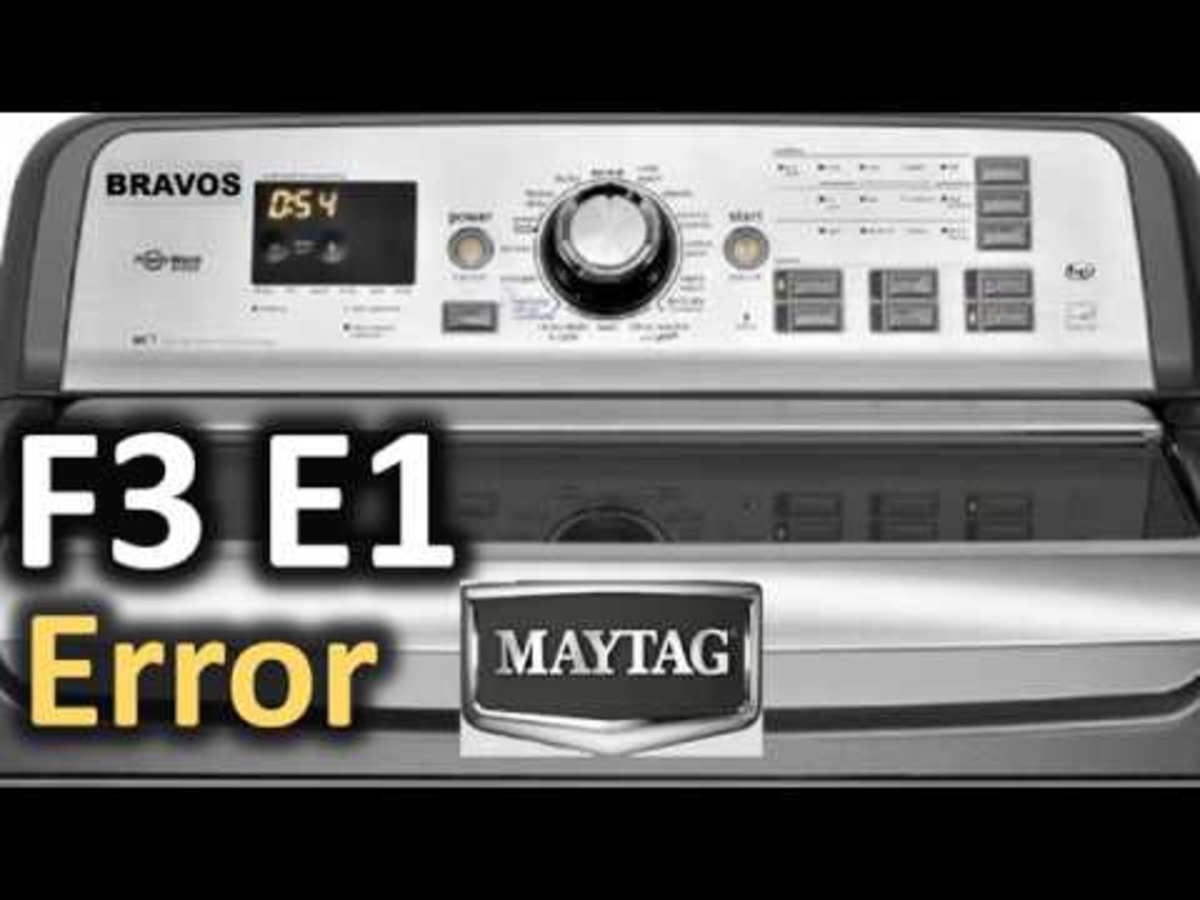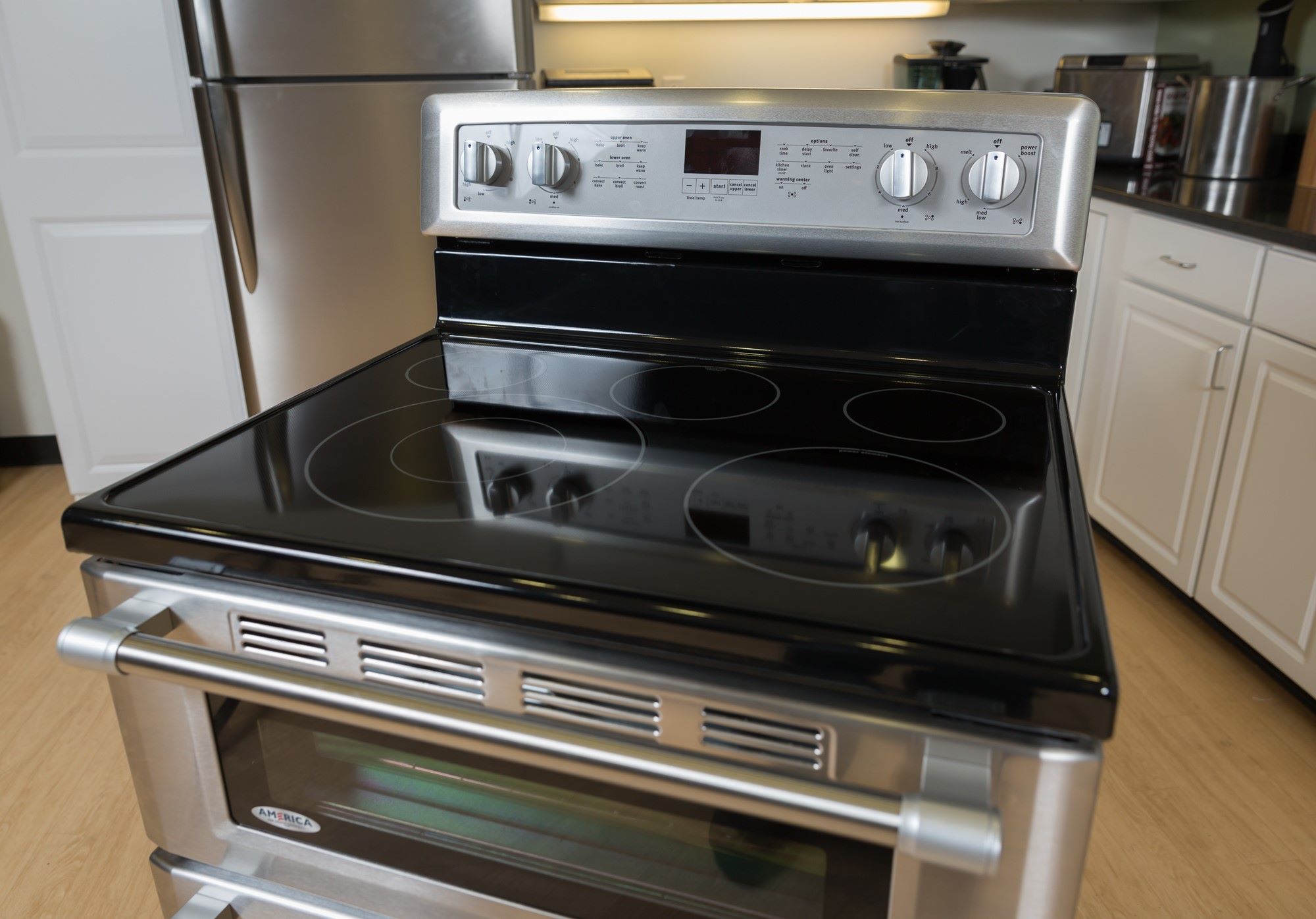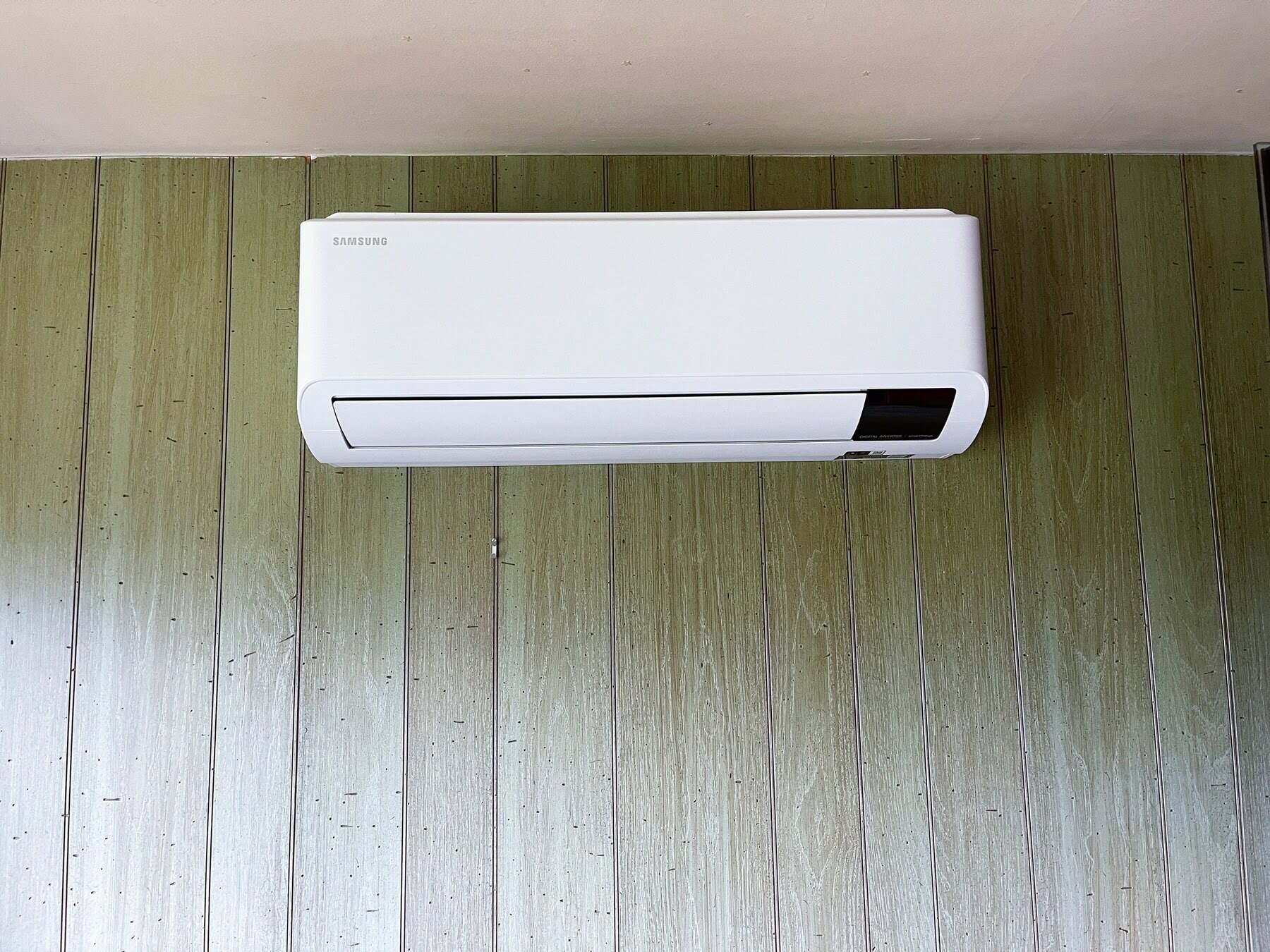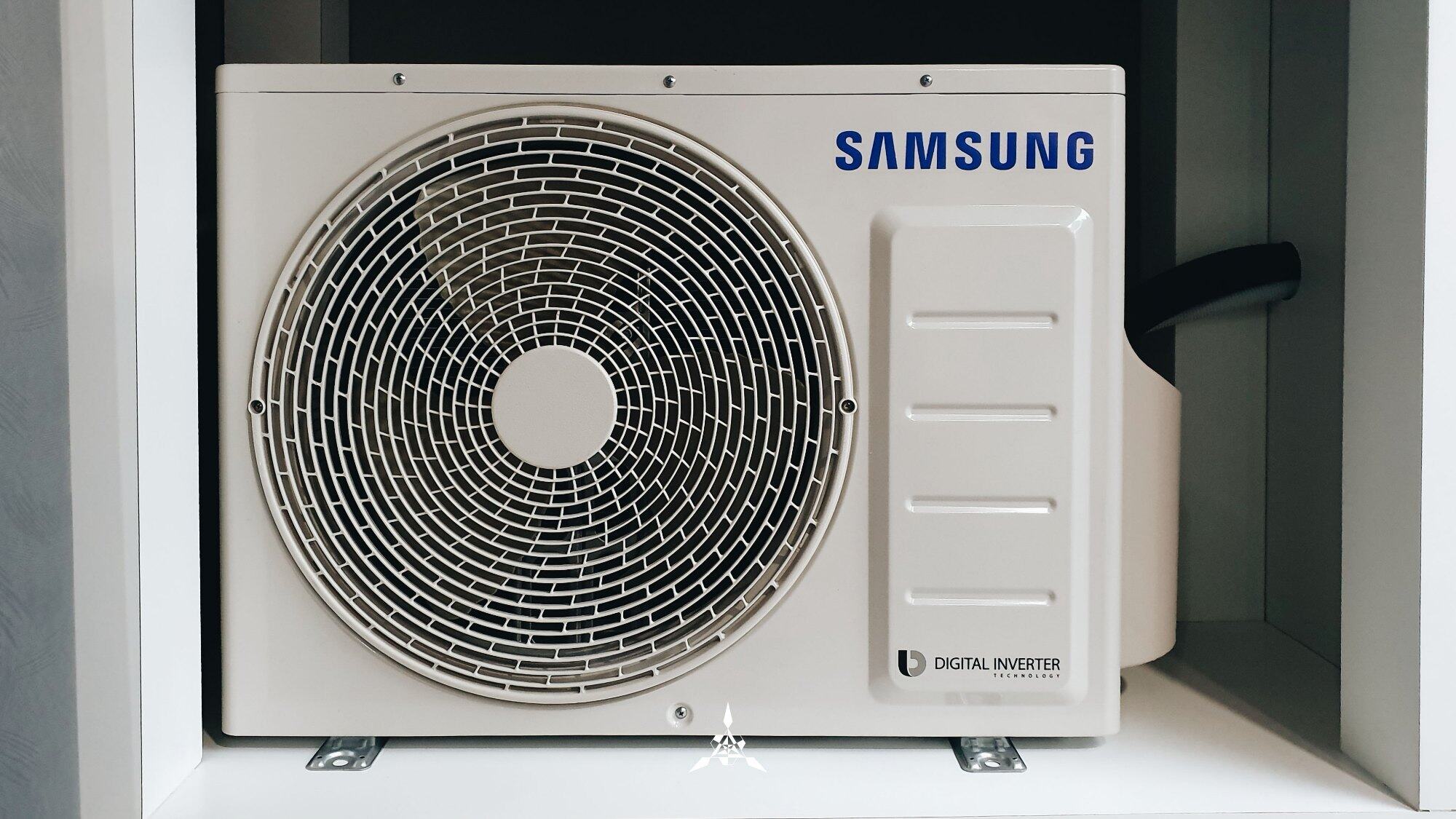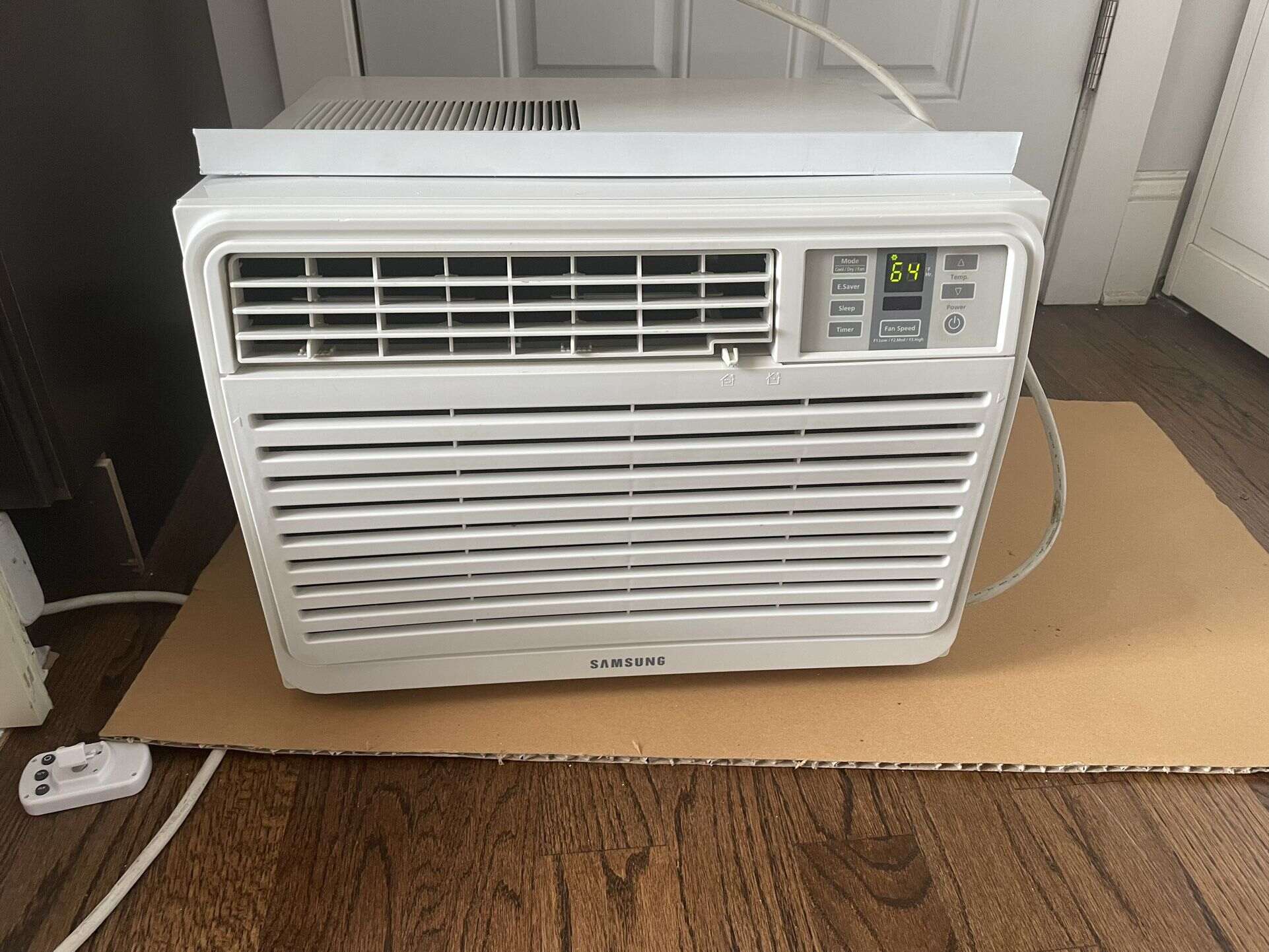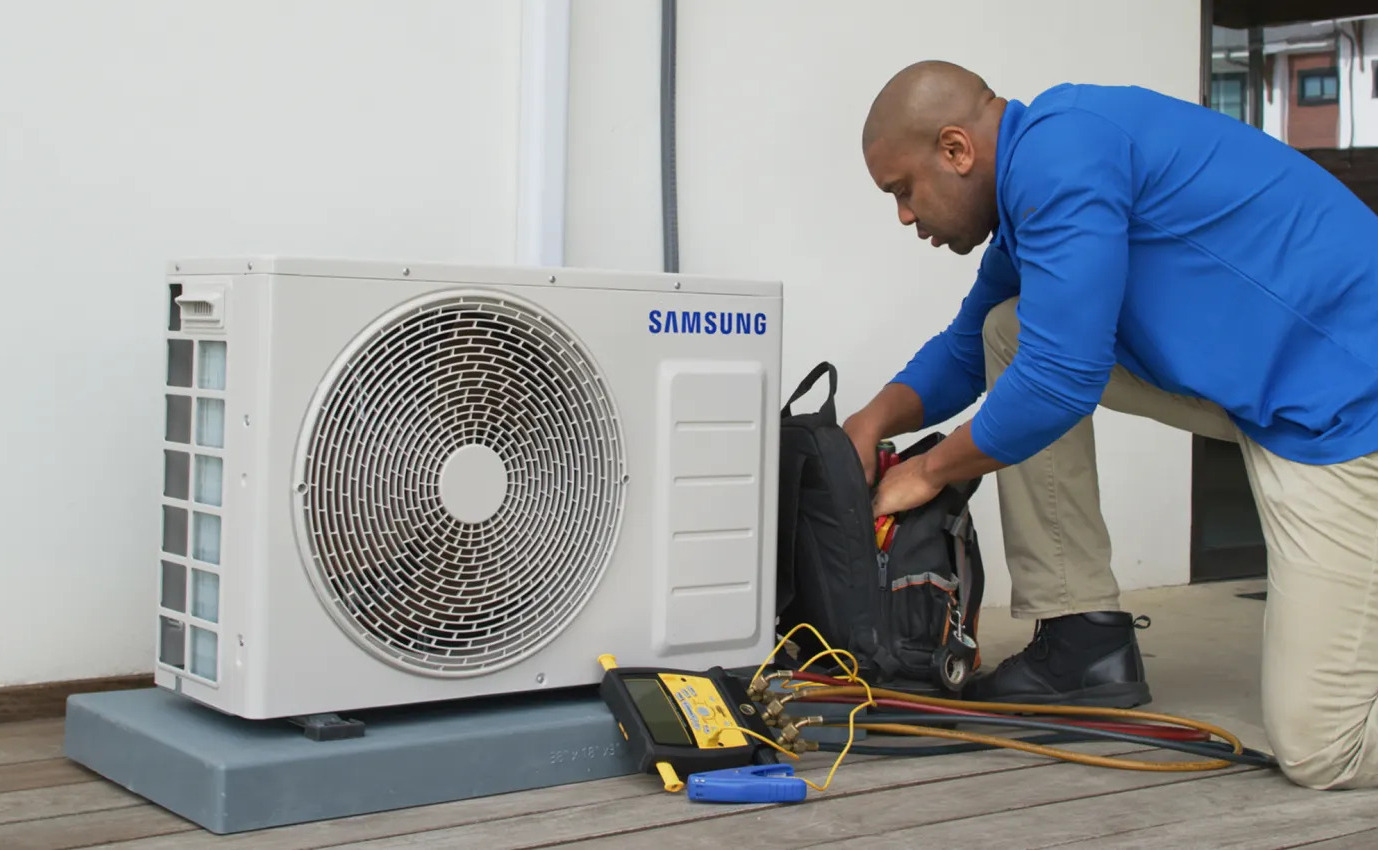Home>Home Maintenance>How To Fix E1 Error On An Air Conditioner
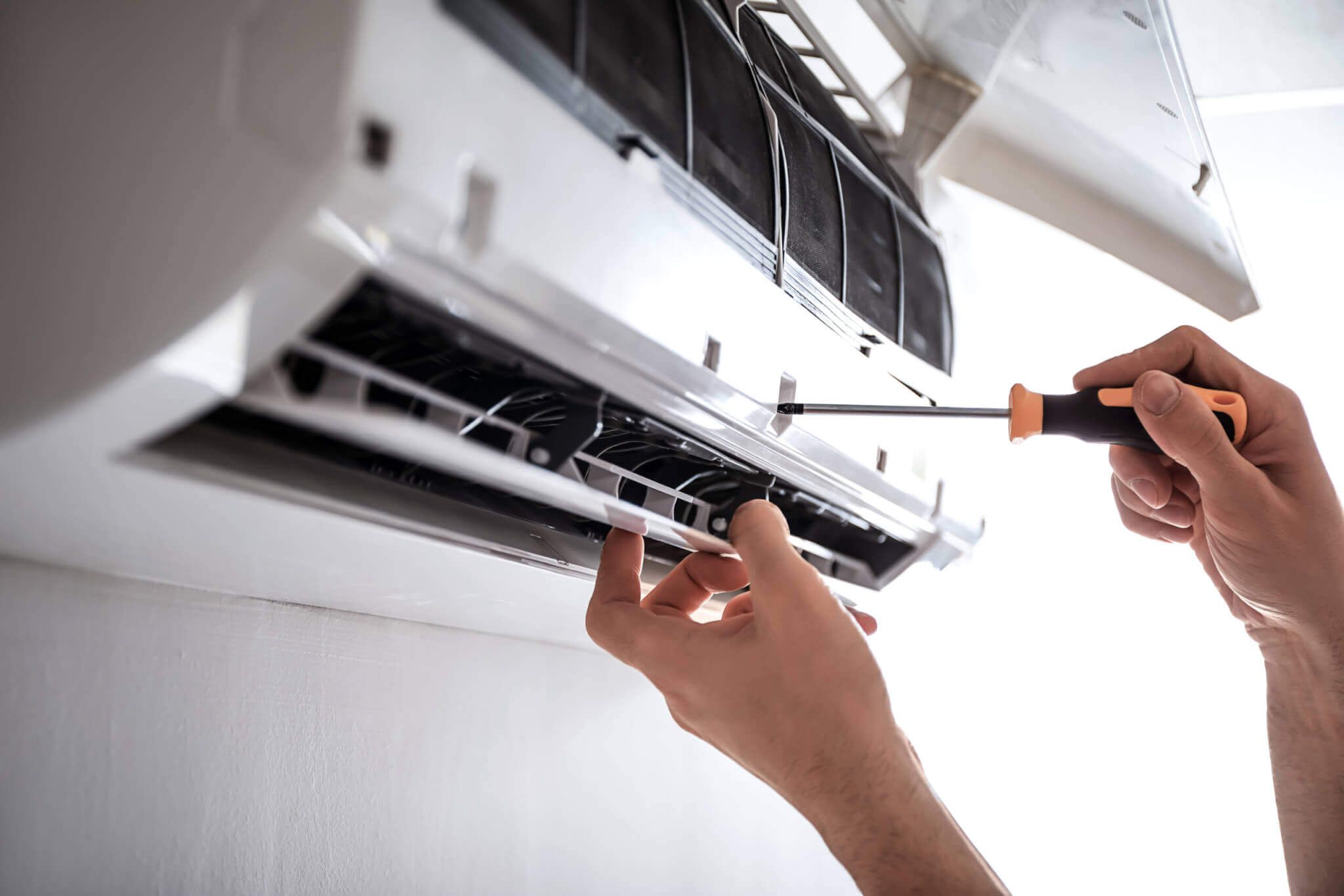

Home Maintenance
How To Fix E1 Error On An Air Conditioner
Modified: March 7, 2024
Learn how to fix the E1 error on your air conditioner with these easy home maintenance tips. Keep your AC running smoothly and efficiently.
(Many of the links in this article redirect to a specific reviewed product. Your purchase of these products through affiliate links helps to generate commission for Storables.com, at no extra cost. Learn more)
Introduction
Welcome to our guide on how to fix the E1 error on an air conditioner. If you’ve encountered this error code on your unit, don’t worry, you’re not alone. The E1 error is a common issue that many homeowners face when it comes to their air conditioning systems. However, it can be frustrating and inconvenient, especially if you rely on your AC to keep your home cool and comfortable during the hot summer months.
The E1 error typically indicates a fault or malfunction within the air conditioner’s system. It can be caused by a range of factors, including sensor issues, electrical problems, or even temperature fluctuations. Luckily, in most cases, the E1 error can be resolved with a bit of troubleshooting and basic maintenance. By following the steps outlined in this guide, you’ll be able to diagnose and fix the E1 error, saving you time and money on unnecessary repairs or service calls.
In the next sections, we’ll take a closer look at the possible causes of the E1 error and walk you through the steps to troubleshoot and resolve the issue. We’ll also provide alternative methods to fix the E1 error and offer some tips on preventing future occurrences. So, let’s dive in and get your air conditioner back up and running efficiently!
Key Takeaways:
- The E1 error on your air conditioner can be fixed by simple troubleshooting steps like power cycling, checking the temperature sensor, and clearing airflow obstructions. Regular maintenance and proper installation can prevent future errors.
- If the E1 error persists, consider updating the firmware, replacing the temperature sensor, or seeking professional help. Following preventive measures like regular maintenance and proper ventilation can minimize the chances of encountering the E1 error.
Understanding the E1 Error
Before we delve into the troubleshooting steps, it’s important to understand what the E1 error actually means. The E1 error is an error code that is displayed on the control panel of your air conditioning unit. It is a generic error message that indicates a problem with the unit’s operation.
While the exact meaning of the E1 error can vary depending on the brand and model of your air conditioner, it usually points to a malfunction or abnormality in the system. It acts as an alert to notify you that something is amiss and requires attention.
When you see the E1 error on your air conditioner, it is crucial to take action promptly. Ignoring the error or letting it persist can lead to further issues and potentially damage your AC unit. By addressing the E1 error promptly, you can prevent more serious problems from arising and ensure the optimal performance of your air conditioner.
Now that we have a basic understanding of the E1 error, let’s move on to the possible causes of this error and how to troubleshoot it effectively.
Possible Causes of the E1 Error
The E1 error on an air conditioner can be triggered by various factors. Understanding these potential causes can help you narrow down the issue and find the most effective solution. Here are some common culprits behind the E1 error:
- Faulty Temperature Sensor: The temperature sensor in your air conditioner is responsible for detecting the ambient temperature and relaying the information to the control panel. A malfunctioning or damaged sensor can result in inaccurate temperature readings, leading to the E1 error.
- Electrical Problems: Issues with the electrical components of your air conditioner, such as faulty wiring, loose connections, or power surges, can trigger the E1 error. It’s essential to check the electrical connections and ensure they are secure and properly grounded.
- System Overload: If your air conditioner is working under excessive load, it may cause the E1 error to appear. This can happen if the unit is attempting to cool a larger area than it is designed for or if there is a blockage in the airflow, leading to increased strain on the system.
- Communication Errors: Some air conditioning units have multiple components that communicate with each other to ensure proper operation. If there is a communication breakdown or disruption between these components, it can result in the E1 error.
- Software Issues: In some cases, the E1 error may be caused by software glitches or firmware problems within the air conditioner’s control panel. These issues can occur due to power fluctuations, outdated software, or system malfunctions.
Remember, these are just a few potential causes of the E1 error. The specific cause may vary depending on the make and model of your air conditioner. Now that you have an idea of what could be triggering the E1 error, let’s move on to the troubleshooting steps to fix it.
Troubleshooting the E1 Error
When facing the E1 error on your air conditioner, it’s important to go through a systematic troubleshooting process to identify and resolve the issue. Here are the steps you can take to troubleshoot the E1 error:
- Power Cycle the Unit: Start by turning off the air conditioner and unplugging it from the power source. Wait for a few minutes before plugging it back in and turning it on. This simple power cycle can often reset the system and clear any temporary glitches that may be causing the E1 error.
- Check the Temperature Settings: Ensure that the temperature settings on your air conditioner are within an appropriate range. Extreme temperature settings can sometimes trigger error codes. Set the temperature to a moderate level and see if the E1 error persists.
- Inspect the Temperature Sensor: Locate the temperature sensor inside your air conditioner. It is usually a small, thin wire or probe near the evaporator coil. Check for any visible signs of damage or corrosion. Clean it gently using a soft cloth or brush to remove any dirt or debris that may be obstructing its function.
- Inspect the Wiring and Electrical Connections: Visually inspect the wiring and connections of your air conditioner for any signs of damage, loose connections, or frayed wires. Ensure that all electrical connections are secure. If you notice any issues, consult a professional technician to repair or replace the faulty components.
- Clear Obstructions in Airflow: Check the air intake and exhaust vents of the air conditioner. Clear away any obstructions, such as dust, debris, or blockages, that may restrict the airflow. Restricted airflow can lead to overheating and trigger the E1 error.
- Reset the Control Panel: Consult the user manual of your air conditioner to find out how to perform a control panel reset. This process may vary depending on the model. Resetting the control panel can often resolve software-related issues that may be causing the E1 error.
- Consult the User Manual or Manufacturer: If the above troubleshooting steps do not resolve the E1 error, refer to the user manual of your air conditioner. It may provide specific instructions and troubleshooting tips for your particular model. If necessary, contact the manufacturer’s customer support for further assistance or to schedule a service appointment.
By following these troubleshooting steps, you can often diagnose and fix the E1 error on your air conditioner. However, if the issue persists or if you’re unsure about performing any of these steps, it’s always best to seek professional help from a qualified HVAC technician.
Check the air filter and clean or replace it if it’s dirty. Also, make sure the condenser coils are clean and the drainage system is clear. If the problem persists, consult a professional technician.
Step-by-Step Instructions to Fix the E1 Error
Now that we’ve gone through the troubleshooting process, let’s dive into the step-by-step instructions to fix the E1 error on your air conditioner:
- Start by turning off the air conditioner and unplugging it from the power source. This step ensures your safety and prevents any electrical mishaps.
- Inspect the temperature sensor located near the evaporator coil. Look for any visible signs of damage or corrosion. If you notice any issues, clean the sensor gently using a soft cloth or brush.
- Next, visually inspect the wiring and electrical connections of the air conditioner. Check for any loose connections, frayed wires, or signs of damage. Secure any loose connections and replace any damaged wires or components.
- Take a look at the air intake and exhaust vents. Clear away any obstructions, such as dust, debris, or blockages, that may be restricting the airflow. This step ensures proper ventilation and prevents overheating.
- If none of the previous steps have resolved the E1 error, consult the user manual of your air conditioner for instructions on performing a control panel reset. Follow the manual’s guidelines carefully to avoid any inadvertent changes to the settings.
- After performing the control panel reset, plug the air conditioner back in and turn it on. Monitor the unit for any error messages or unusual behavior. If the E1 error persists, consider contacting the manufacturer’s customer support or scheduling a service appointment with a professional technician.
It’s important to note that the specific instructions may vary depending on the make and model of your air conditioner. Always refer to the user manual provided by the manufacturer for accurate and model-specific guidance.
By following these step-by-step instructions, you can troubleshoot and resolve the E1 error on your air conditioner. However, if you’re uncertain about any of the steps or if the issue persists, it’s best to consult a professional HVAC technician for assistance. They have the expertise and knowledge to diagnose and repair any complex issues with your air conditioner to ensure optimal performance.
Alternative Methods to Resolve the E1 Error
If the step-by-step instructions mentioned earlier did not resolve the E1 error on your air conditioner, don’t worry! There are alternative methods you can try to fix the issue. These methods may require a bit more technical know-how or professional assistance. Here are a few alternatives to consider:
- Update the Firmware: In some cases, the E1 error may be caused by outdated software or firmware in your air conditioner’s control panel. Check the manufacturer’s website for any available firmware updates for your specific model. Follow the provided instructions to update the firmware and see if the error is resolved.
- Replace the Temperature Sensor: If you’ve determined that the temperature sensor is faulty or damaged beyond repair, you may need to replace it. Consult the user manual or manufacturer’s guidelines to find the appropriate replacement sensor for your air conditioner. If you’re not comfortable with performing the replacement yourself, it’s best to enlist the help of a professional technician.
- Reset Control Board: Some air conditioner models have a control board that can be reset to clear error codes. Consult the user manual or manufacturer’s guidelines to find out how to perform a control board reset. Keep in mind that resetting the control board may require specific instructions and could potentially erase any custom settings or preferences saved in the system.
- Seek Professional Help: If you’ve exhausted all troubleshooting methods and the E1 error still persists, it’s highly recommended to seek professional help. A licensed HVAC technician will have the necessary tools, expertise, and knowledge to diagnose and repair the underlying issue causing the error. They can perform a thorough inspection, identify the specific problem, and provide the appropriate solution or replacement parts.
Remember, attempting to perform complex repairs or modifications without the necessary skills and knowledge can potentially cause further damage or void your manufacturer’s warranty. If you’re unsure about any of the alternative methods or if the issue seems beyond your capabilities, it’s always best to contact a professional technician for assistance.
By considering these alternative methods, you increase your chances of resolving the E1 error on your air conditioner. Don’t hesitate to seek professional help when needed to ensure the safe and optimal operation of your air conditioning system.
Preventing Future Occurrences of the E1 Error
Dealing with the E1 error on your air conditioner can be frustrating, but there are steps you can take to prevent future occurrences. By following these preventive measures, you can maintain the efficiency and reliability of your air conditioning system:
- Regular Maintenance: Schedule regular maintenance for your air conditioner. This includes cleaning or replacing air filters, checking and cleaning the evaporator and condenser coils, and inspecting and tightening electrical connections. Regular maintenance helps keep your unit in optimal condition, reducing the likelihood of errors such as the E1 code.
- Proper Installation: When installing a new air conditioner or replacing an old one, ensure it is installed correctly by a professional. Improper installation can lead to various issues, including electrical problems or sensor malfunctions. A properly installed unit will operate efficiently and minimize the chance of error codes.
- Avoid Overloading the System: Be mindful of the capacity of your air conditioner and avoid overloading it. If you’re cooling a larger area than the unit is designed for, it can strain the system and potentially lead to errors like the E1 code. Consider using additional fans or implementing energy-saving practices, such as closing curtains during the hottest parts of the day, to reduce the load on your air conditioner.
- Ensure Proper Ventilation: Adequate airflow is essential for the efficient operation of your air conditioner. Make sure that the air intake and exhaust vents are not obstructed by furniture, curtains, or other objects. Keep the area around the unit clear to allow proper airflow and prevent overheating.
- Temperature Control: Avoid extreme temperature fluctuations by setting your air conditioner to a reasonable and consistent temperature. This helps prevent unnecessary strain on the system and reduces the chances of errors. Consider using programmable thermostats to automate temperature adjustments and optimize energy efficiency.
By implementing these preventive measures, you can significantly reduce the likelihood of encountering the E1 error on your air conditioner. Regular maintenance, proper installation, and mindful usage will help keep your unit running smoothly and efficiently for years to come.
Conclusion
The E1 error on your air conditioner can be a frustrating experience, but with the right knowledge and troubleshooting steps, you can resolve the issue and get your unit back to optimal performance. By understanding the possible causes of the E1 error and following the step-by-step instructions outlined in this guide, you can tackle the problem effectively.
Remember, taking proactive measures such as regular maintenance, proper installation, and mindful usage can help prevent future occurrences of the E1 error. By keeping your air conditioning system in good condition and ensuring proper airflow and temperature control, you minimize the chances of encountering error codes like E1.
If the troubleshooting steps and alternative methods mentioned in this guide do not resolve the E1 error, it’s always best to seek professional help. HVAC technicians have the expertise and experience to diagnose and repair complex issues that may be causing the error.
By addressing the E1 error promptly and implementing preventive measures, you can ensure the efficient and reliable operation of your air conditioning system, keeping your home cool and comfortable during those hot summer months.
We hope this guide has been informative and helpful in resolving the E1 error on your air conditioner. Remember to refer to the user manual provided by the manufacturer for specific instructions related to your unit. Stay cool!
Frequently Asked Questions about How To Fix E1 Error On An Air Conditioner
Was this page helpful?
At Storables.com, we guarantee accurate and reliable information. Our content, validated by Expert Board Contributors, is crafted following stringent Editorial Policies. We're committed to providing you with well-researched, expert-backed insights for all your informational needs.
